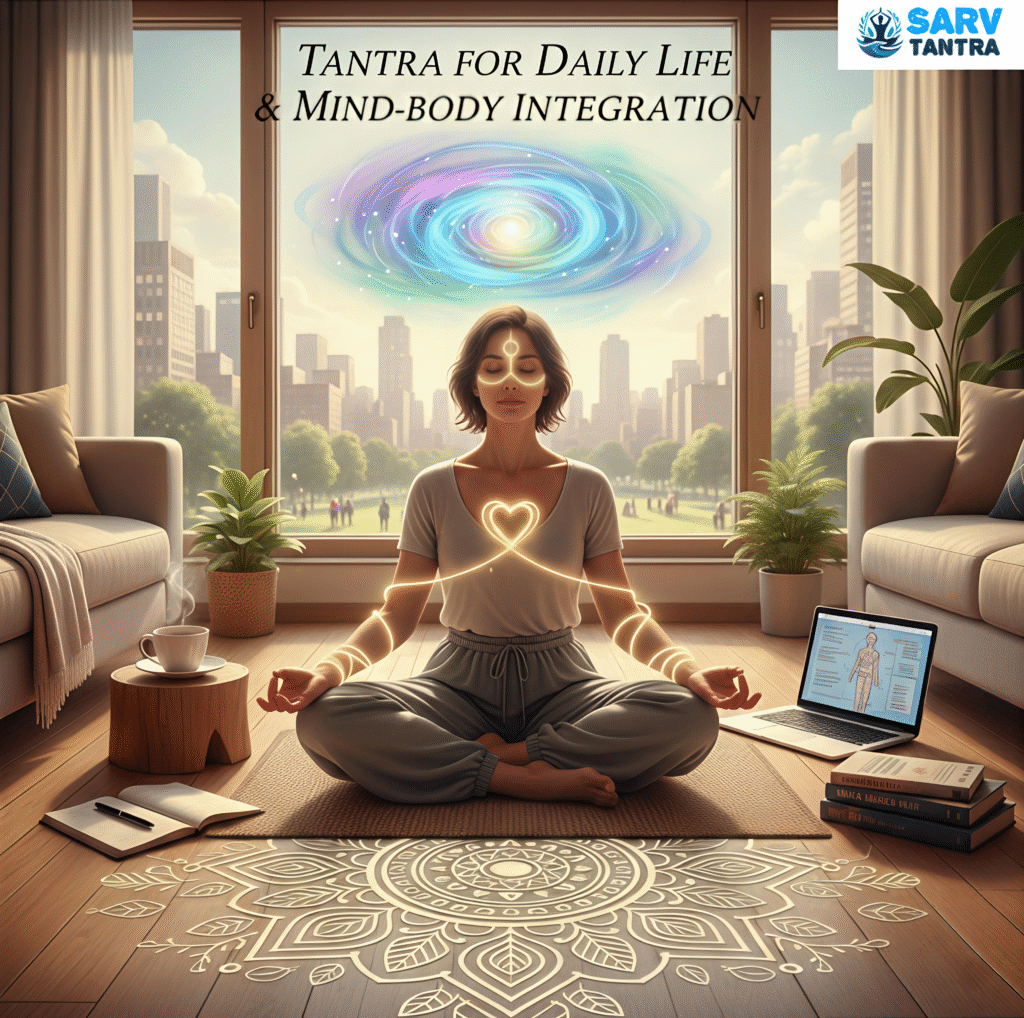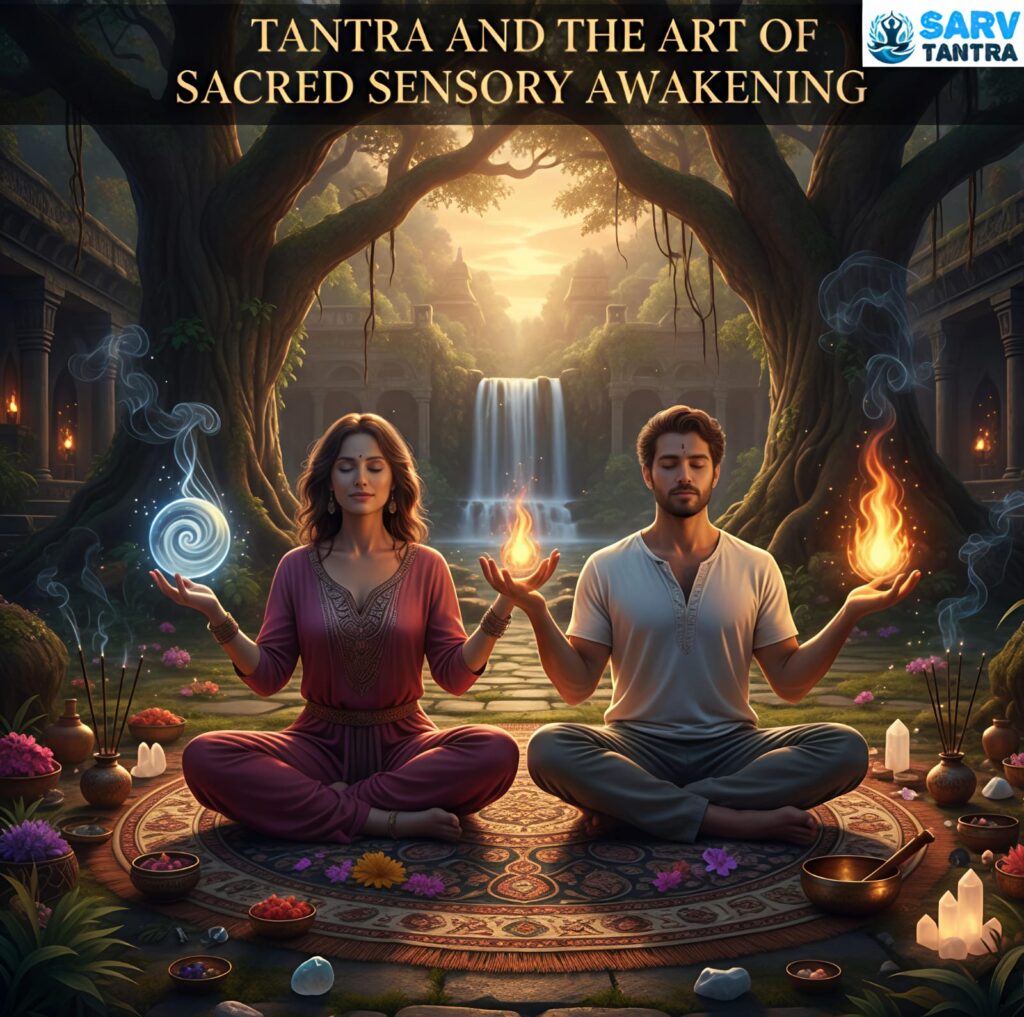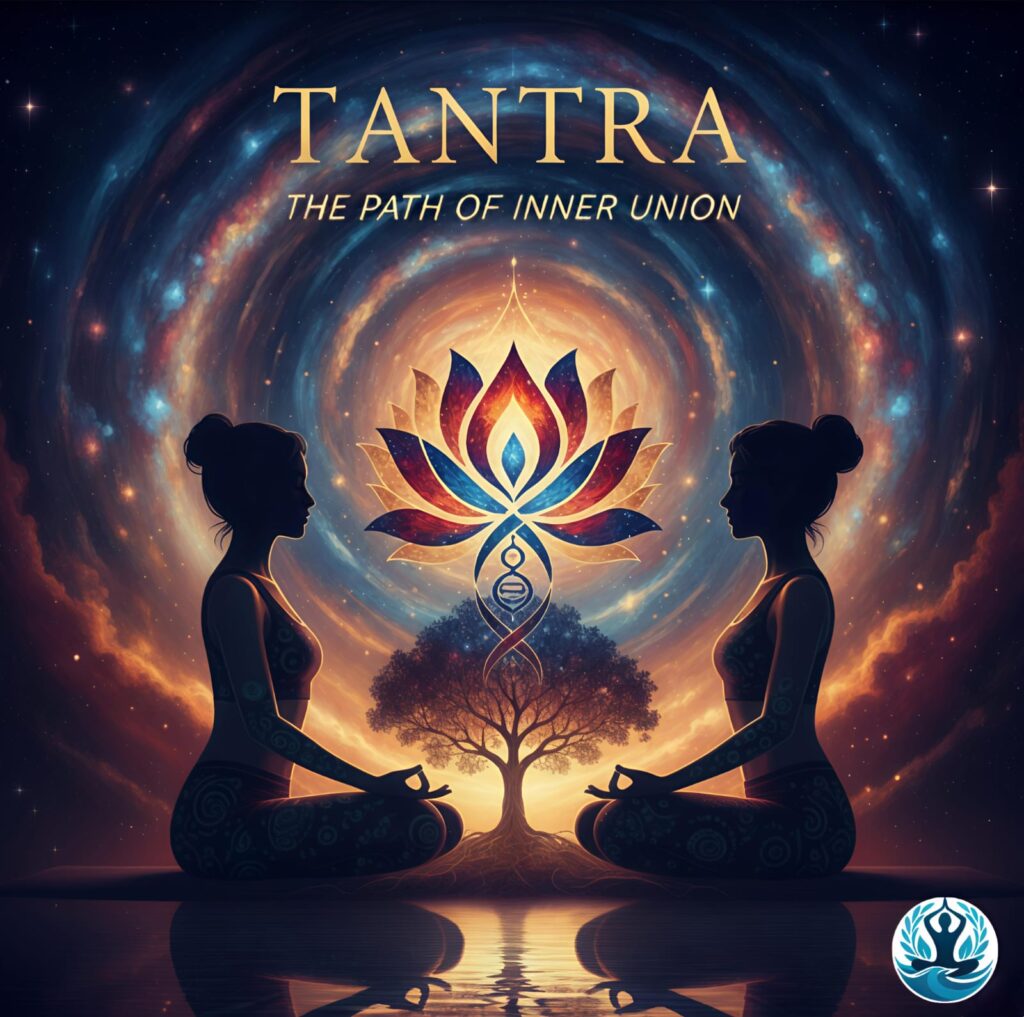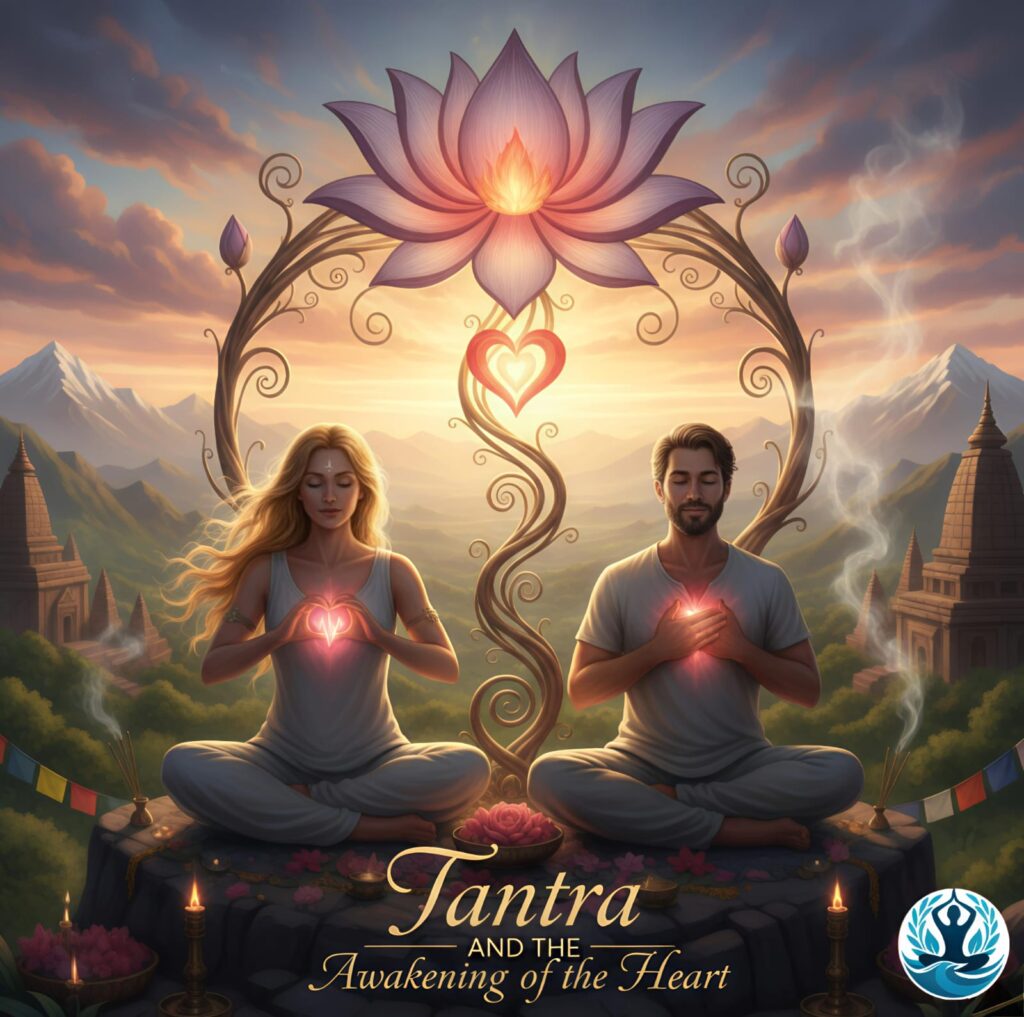Step-by-Step: What Happens in a Tantra Therapy Session?

Tantra therapy is more than a relaxation technique — it’s a deeply transformative process aimed at harmonizing your mind, body, and spirit. Unlike ordinary wellness practices, Tantra sessions draw from ancient traditions that prioritize conscious connection, energy flow, and self-awareness. While each practitioner may have their own style, the following breakdown gives you a clear, detailed picture of what you can expect in a typical Tantra therapy session.
1. Understanding Tantra Therapy Before You Begin
Before stepping into your first Tantra therapy session, it’s important to have clarity about what it is — and what it is not.
Tantra therapy is not solely about sensuality, despite popular misconceptions. It is a holistic practice that integrates:
- Breathwork
- Guided meditation
- Body awareness
- Energy balancing techniques
- Gentle touch or bodywork (in some cases)
The aim is to release physical tension, unblock energy pathways, and help you achieve a more balanced emotional and spiritual state.
2. Pre-Session Consultation
A. Initial Conversation
The session usually begins with an open discussion. This is where you and your Tantra therapist set intentions and discuss:
- Your expectations
- Any health issues or emotional concerns
- Comfort levels and boundaries
- Previous experiences with meditation, therapy, or energy work
A trustworthy practitioner will make it clear that:
- All participation is consensual.
- You can stop or pause at any moment.
- Your personal comfort is a top priority.
B. Explaining the Process
The therapist will explain:
- The flow of the session
- The role of breath, sound, and touch
- What sensations or emotions you might experience
- The importance of being present and open
This conversation builds trust and helps you relax.
3. Creating the Right Environment
A key aspect of Tantra therapy is the setting. The room is usually prepared to encourage peace and openness:
- Lighting: Soft, warm lighting or candles to create a safe and calming atmosphere.
- Scent: Aromatherapy with essential oils like sandalwood, lavender, or rose.
- Sound: Gentle background music, often with natural or meditative tones.
- Temperature: Warm and comfortable, so your body doesn’t tense from cold.
- Clean Space: The therapist will ensure the area is hygienic and free from distractions.
The ambiance signals to your mind and body that it’s time to slow down and reconnect inwardly.
4. Centering and Grounding
Before deeper work begins, the therapist will guide you into a grounded state.
A. Breath Awareness
You may start with slow, conscious breathing:
- Inhaling deeply through the nose.
- Holding for a few seconds.
- Exhaling gently through the mouth.
The aim is to:
- Release nervousness.
- Calm your heartbeat.
- Focus your mind.
B. Gentle Body Awareness
You may be guided to notice sensations in different parts of your body — without judgment. This brings your awareness to the present moment.
5. Setting an Intention
A Tantra session often begins with intention setting.
You might silently affirm:
- “I open myself to healing.”
- “I invite peace and self-love.”
- “I allow my body to relax and release.”
This is not just symbolic — it shapes how your mind and body respond to the session.
6. Guided Meditation or Visualization
The therapist may lead you into a short meditation:
- Visualizing light flowing through your body.
- Imagining a safe, warm space.
- Focusing on gratitude or emotional openness.
Meditation acts like a bridge from the outside world into the deeper inner experience.
7. Breathwork (Pranayama Techniques)
Breath is central in Tantra therapy because it fuels your energy flow.
Examples of Breath Techniques:
- Deep Belly Breathing: Expanding your abdomen fully on each inhale.
- Circular Breathing: Inhaling and exhaling without pausing in between.
- Alternate Nostril Breathing: Balancing energy channels and calming the mind.
Benefits of breathwork in this stage:
- Clears mental fog.
- Activates your body’s relaxation response.
- Prepares your nervous system for deeper connection.
8. Energy Mapping and Chakra Awareness
Many Tantra therapists work with the chakra system — the seven main energy centers in the body.
You may be guided to:
- Visualize each chakra as a spinning wheel of light.
- Notice sensations, warmth, or tingling in certain areas.
- Allow emotional releases if they arise.
Some therapists use gentle touch (always with consent) near these points to help unblock stagnant energy.
9. Conscious Touch and Bodywork
If the session includes physical touch, it is mindful and therapeutic — not erotic.
Approach:
- Gentle, slow movements.
- Pressure adjusted to your comfort.
- Touch may be over clothes or with a sheet/towel for privacy.
The purpose is to:
- Release muscle tension.
- Encourage emotional release.
- Restore energy flow.
10. Sound and Vocal Expression
In Tantra, sound can be a tool for release.
You may be encouraged to:
- Hum softly.
- Use deep sighs.
- Chant specific sounds or mantras.
Sound vibrations help shift energy and bring emotional clarity.
11. Eye Gazing (Optional)
Some therapists include eye gazing to build trust and presence. This is especially common in couple’s Tantra therapy:
- Sit facing each other.
- Maintain gentle, relaxed eye contact.
- Synchronize breathing.
It can feel intense at first but often leads to a deep sense of connection.
12. Movement and Flow
In some sessions, you might engage in:
- Gentle swaying or rocking motions.
- Slow, mindful stretches.
- Free-form movements to express emotion.
Movement helps energy circulate and prevents the mind from overthinking.
13. Working Through Emotional Releases
Tantra therapy often brings up old emotions.
You may experience:
- Sudden tears.
- Spontaneous laughter.
- Feelings of relief or lightness.
The therapist will:
- Hold space for you without judgment.
- Remind you to breathe through intense moments.
- Reassure you that this release is part of healing.
14. Integration Phase
Before the session ends, the therapist will guide you to integrate the experience:
- Lying down quietly.
- Reflecting on any insights.
- Feeling your body’s sensations without trying to change them.
This allows your nervous system to absorb the changes.
15. Closing Ritual
A respectful closing often includes:
- Hands in prayer position (Namaste gesture).
- Gratitude for the session.
- A few final deep breaths together.
This marks the end of the energetic exchange.
16. Post-Session Discussion
You’ll have time to:
- Share what you felt or discovered.
- Ask questions about emotions or sensations.
- Receive suggestions for home practice.
A good therapist will also check how you’re feeling physically and emotionally before you leave.
17. Aftercare Recommendations
To extend the benefits of the session, you may be advised to:
- Drink plenty of water.
- Rest or take a warm bath.
- Journal about your feelings or insights.
- Practice breathwork or meditation daily.
- Avoid overstimulation (loud noises, heavy screen time) for a few hours.
18. Long-Term Benefits
Regular Tantra therapy sessions can help:
- Reduce stress and anxiety.
- Improve emotional resilience.
- Enhance body awareness.
- Boost energy levels.
- Promote a deeper connection with yourself and others.
19. Variations Between Practitioners
Every therapist may bring their own influence — some lean more towards:
- Therapeutic Bodywork: Focus on muscles and tension release.
- Energy Healing: Using Reiki or chakra balancing techniques.
- Spiritual Guidance: Incorporating mantras, rituals, or visualization.
- Mindfulness Coaching: Helping you bring Tantra principles into daily life.
It’s always best to discuss in advance what style resonates most with you.
20. Safety, Consent, and Comfort
A genuine Tantra therapy session is rooted in:
- Respect for personal boundaries.
- Clear consent at every step.
- No pressure to participate in anything that feels uncomfortable.
If anything during the session doesn’t feel right, you can:
- Speak up.
- Request adjustments.
- Pause or end the session.
Final Thoughts
A Tantra therapy session is not just about relaxation — it’s a deep, transformative journey into self-awareness, energy balance, and emotional release. By moving through each stage with mindfulness, you create the space for genuine healing and personal growth.
When approached with openness, respect, and trust, Tantra therapy can become a life-changing practice that helps you reconnect with your inner vitality, release long-held tension, and awaken a profound sense of peace.



















